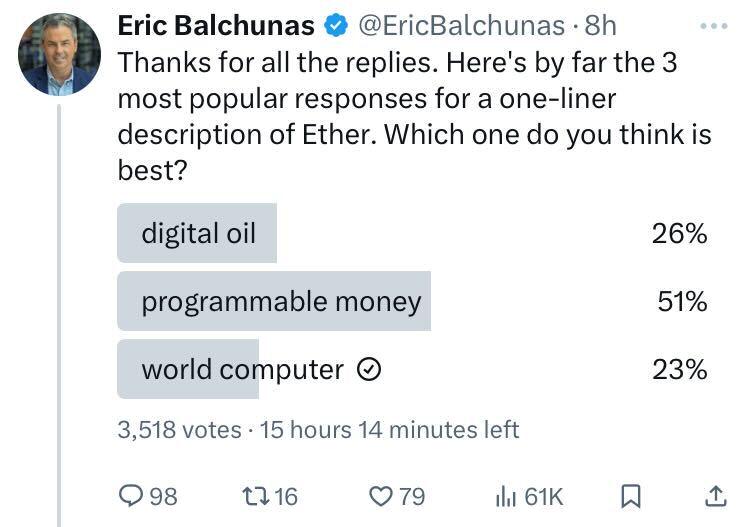
Chainalysis suggests ETH could decouple from other cryptocurrencies post Merge as its staking rewards could make it similar to bonds or commodities.
Crypto analytics firm Chainalysis has suggested that the price of Ether (ETH) could decouple from other crypto assets post-Merge, with staking yields potentially driving strong institutional adoption.
In a Sept. 7 report, Chainalysis explained that the upcoming Ethereum upgrade would introduce institutional investors to staking yields similar to certain instruments such as bonds and commodities, while also becoming much more eco-friendly.
The report said ETH staking is expected to offer a 10-15% yield annually for stakers, therefore making ETH an “enticing bond alternative for institutional investors” considering that treasury bonds yields offer much less in comparison.
“Ether’s price could decouple from other cryptocurrencies following The Merge, as its staking rewards will make it similar to an instrument like a bond or commodity with a carry premium.”
According to Chainalysis data, the number of institutional ETH stakers — those with $1 million worth of ETH staked or more — has “been steadily increasing” from under 200 as of January 2021 to around 1,100 as of August this year.
The firm notes that if this number increases at a faster rate following The Merge, this should confirm the hypothesis that institutional investors “do indeed see Ethereum staking as a good yield-generating strategy.”
The Chainalysis report also tips ETH to draw in more retail and institutional traders after The Merge, as the forthcoming upgrade will make staking a much more attractive investment tool.
Currently staked ETH is locked up in a smart contract that cannot be withdrawn from until the Shanghai upgrade comes around six to 12 months after the Merge goes through.
As such the staked ETH market is currently illiquid, resulting in some staking service providers offering synthetic assets that represent the value of the staked Ether, the drawback however is that “those synthetics don’t always maintain a 1:1 peg," argues the firm.
“The Shanghai upgrade [...] will allow users to withdraw staked Ether at will, providing more liquidity for stakers and making staking a more attractive proposition overall,” the report reads.
Related: Binance US launches low-barrier Ethereum staking ahead of The Merge
Another factor highlighted is that the Ethereum blockchain’s proof-of-stake transition will see its energy consumption requirements drop by as much as 99% following the upgrade, as per the Ethereum Foundation.
“The switch to PoS will also make Ethereum more eco-friendly, which could make investors with sustainability commitments more comfortable with the asset. This especially applies to institutional investors.”
ConsenSys, the firm behind the MetaMask wallet and founded by Ethereum co-founder Joseph Lubin, also published a similar report looking at the “impact of the Merge on Institutions” this week.
The report echoes similar sentiments regarding ETH staking rewards and environmental sustainability attracting institutions, but also highlights the importance of the PoS Ethereum chain “producing stronger security guarantees for institutional investors” along with ETH’s potential to become a deflationary asset:
“Reduced ETH issuance and increased burns will systematically reduce ETH supply — putting deflationary pressure on ETH, thereby alleviating institutional concerns of token price dropping to zero, and increasing likelihood of an increase in value.”





